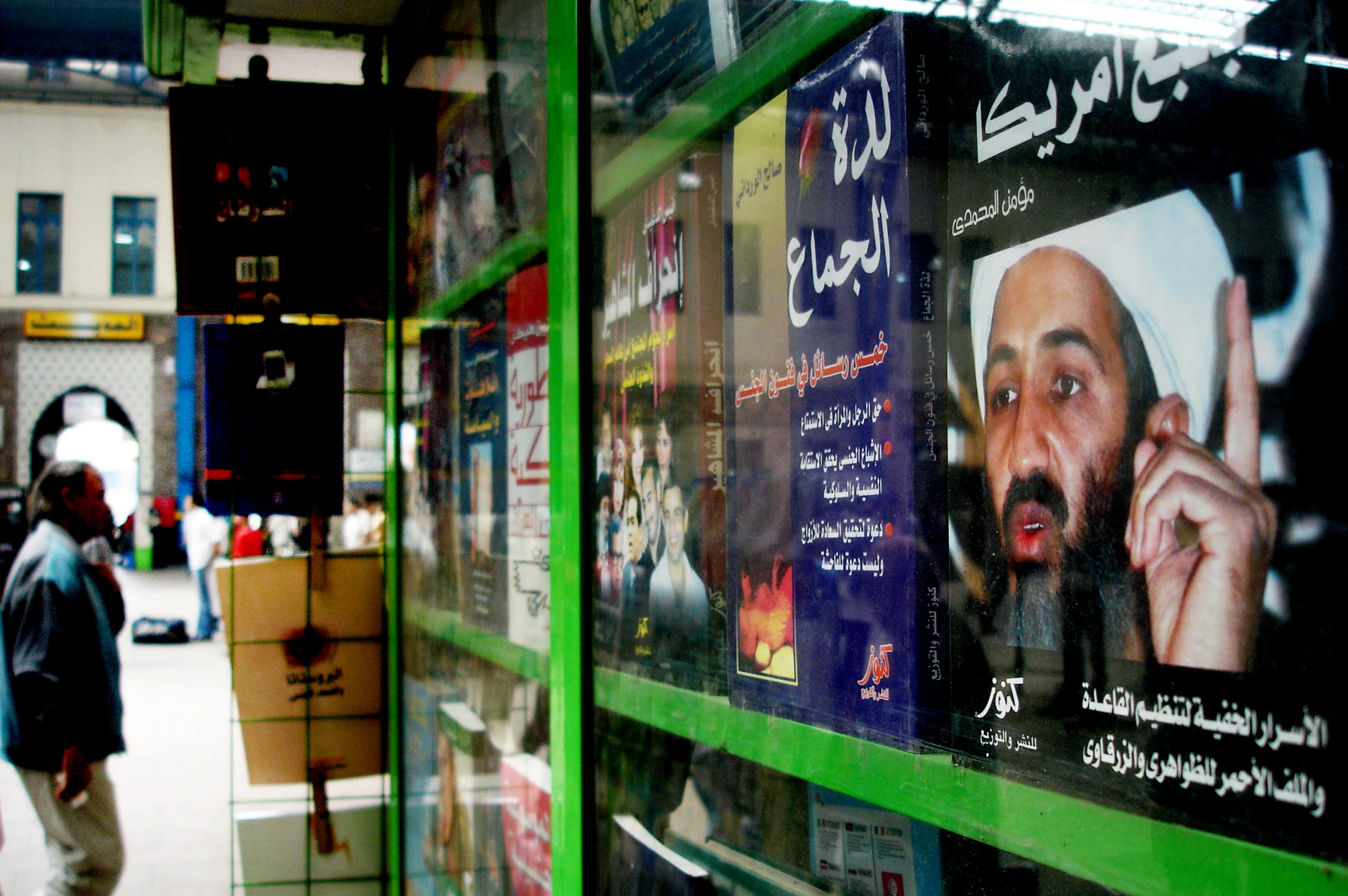A new study from a pair of European researchers has found a covert CIA plot to capture Osama Bin Laden in early 2011 led to significant drops in vaccination rates in Pakistan. The plot, using a fake vaccination campaign to capture children’s DNA samples in order to locate Bin Laden, was used in anti-vaccine propaganda in the following years.
In countries such as Pakistan vaccine hesitancy is a major problem. Radical Islamist groups such as the Taliban often use anti-vaccine propaganda as a way of discrediting state-run public health activities and drawing in new supporters. In this kind of heated political climate anything that casts doubt on the veracity of vaccine can be leveraged as propaganda.
As US spies homed in on Osama Bin Laden’s location in early 2011, authorities were desperate to clearly confirm his presence before launching a military operation in a foreign country. At the time, the CIA was convinced Bin Laden was living in a compound on the outskirts of Abbottabad in Pakistan.
In March, a doctor named Shakil Afridi started a free hepatitis B vaccine campaign in a poor neighborhood called Nawa Sher. The next month the vaccination team, led by Afridi, unexpectedly moved the campaign across to Bilal Town, a rich neighborhood. Nurses went from household to household offering children free vaccinations.
Later in 2011, months after the US raid that resulted in Bin Laden’s death, a story in The Guardian revealed Afridi had been recruited by the CIA as part of a plot to confirm Bin Laden’s location. The plot involved using the vaccination scheme as a cover to collect DNA samples from children living in the compound suspected to be housing Bin Laden. Once collected, the DNA samples could be matched with ones previously collected from Bin Laden’s sister to confirm the family connection and validate Bin Laden’s presence.
It was reported that a nurse working for Afridi did enter the compound to administer the vaccines but it is not known whether this visit successfully obtained DNA samples, or if the covert action even contributed to intelligence that led to the US raid in May 2011.
In the years that followed, a great deal of criticism was leveled at the CIA for using a vaccination program as a ruse to gather intelligence. By the end of 2021 a not-for-profit vaccine charity was booted out of the country by the Pakistan government despite it having no connection to the CIA plot.
Following that, a number of vaccination workers were assassinated, leading the United Nations to suspend polio vaccination efforts in the country. This left Pakistan as one of only three countries in the world at the time with wild polio transmission.
In 2013 an open letter from 12 of the most prestigious schools of public health in the United States pressed the government for assurances this kind of covert behavior would not happen again. In response the US government pledged to not use vaccination schemes as cover for intelligence operations in the future.
In an effort to objectively quantify the effect this CIA plot had on subsequent vaccination rates Monica Martinez-Bravo and Andreas Stegmann first tracked the spread of anti-vaccine messaging across the country. The researchers found, following the revelation of the CIA campaign, extremist groups such as the Taliban used the espionage plot to amplify anti-Western sentiment by spreading anti-vaccine misinformation. In districts representing high levels of support of Islamist groups the researchers noted declines in vaccination rates of up to 39 percent.
“Our estimates indicate that the disclosure of the vaccine ruse had substantial negative effects on vaccination rates: districts in the 90th percentile of the distribution of Islamist support experienced a decline in vaccination rates between 23 percent and 39 persent relative to districts in the 10th percentile of Islamist support,” the researchers write in the study.
Adding to the hypothesis suggesting the drop in vaccination rates was due to politically-fueled anti-vaccine propaganda, the study notes the data shows a greater drop in vaccination rates for girls. Martinez-Bravo and Stegmann argue this could be related to one type of anti-vaccine messaging being spread by the Taliban claiming vaccines are designed to sterilize young girls.
Ultimately, this new study offers clear and measurable insights into how damaging this CIA plot was to public health. Stegmann points out these findings affirm how governments must be careful to not engage in any behaviors that can be used to discredit important public health measures.
"The empirical evidence highlights that events which cast doubt on the integrity of health workers or vaccines can have severe consequences for the acceptance of health products such as vaccines," says Stegmann. "This seems particularly relevant today as public acceptance of the new vaccines against COVID-19 is crucial to address the pandemic."
The new study was published in the Journal of the European Economic Association.
Source: Oxford University Press




